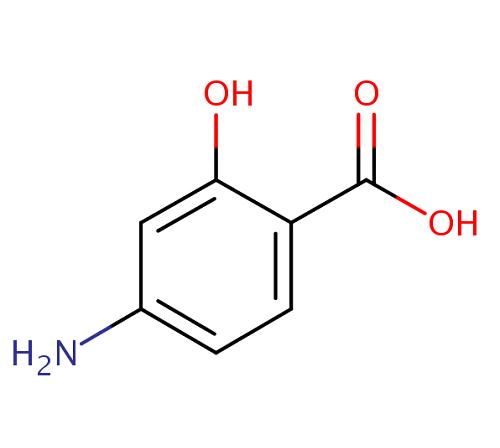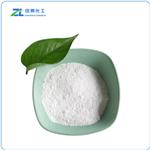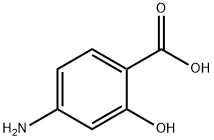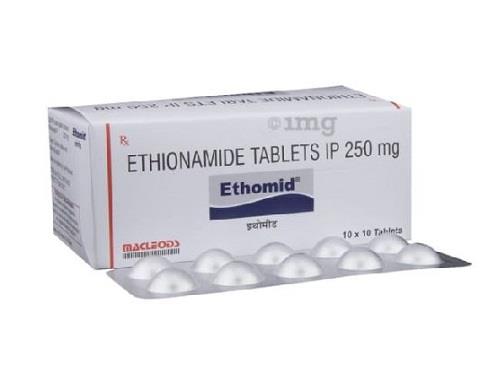Side effects of Para-aminosalicylic acid
Para-aminosalicylic acid (PAS) was discovered as a result of a deliberate search for antituberculosis drugs. In 1941 Bernheim showed that salicylic and benzoic acids increase the oxygen consumption of the tubercle bacillus, and it was concluded that these acids were oxidized by the bacilli as metabolites. Subsequently, Lehmann (1946) investigated many derivatives of these acids and discovered PAS, and showed that it was beneficial for the treatment of human tuberculosis. This antituberculous action was confirmed by many trials and for a period PAS was a standard first-line drug for the treatment of tuberculosis.

Uses
For many years PAS was one of the first-line drugs for the treatment of tuberculosis. In developed countries the main drugs for the treatment of this disease are now isoniazid, rifampicin, pyrazinamide, and ethambutol, and PAS is indicated only for treatment of MDR tuberculosis. It may have a continuing place in some developing countries because of its cheapness. Also, PAS has been used as one of the drugs in the intermittent chemotherapy regimens for tuberculosis.
Bioavailability
Para-aminosalicylic acid is known that PAS is well absorbed from the gastrointestinal tract. In adults, after an oral dose of 4 g, a peak serum level of 7–8 mg/ml is reached in 1–2 hours. Thereafter, the serum level falls, and after 6 hours it is less than 1 mg/ml, the serum half-life being 0.75 hours. The serum protein binding of PAS is 60–70%. Food significantly enhanced the absorption of PAS, while orange juice and antacids had minor effects.
Drug distribution
After absorption PAS is well distributed to various body fluids and tissues, but it does not penetrate into the cerebrospinal fluid (CSF) of patients with uninflamed meninges. Studies in animals have shown that it penetrates readily into caseous tissue.
Side effects
Gastrointestinal irritation
Preparations of PAS are bulky and unpleasant to take, and gastrointestinal symptoms are experienced by almost every patient to some degree. Symptoms include nausea, vomiting, anorexia, abdominal cramps, and diarrhea. Diarrhea may be severe enough to cause steatorrhea, malabsorption, secondary folic acid deficiency, and megaloblastic anemia. Various PAS preparations have been made available to attempt to reduce gastrointestinal side-effects. Nevertheless, in some patients the drug has to be withdrawn because of intractable symptoms. In aqueous solution PAS is unstable and may polymerize to form toxic compounds; such solutions should not be used if they are darker in color than a freshly prepared solution.
Hematologic side-effects
Rarely, PAS may cause neutropenia or acute agranulocytosis. It may also precipitate acute hemolytic anemia in patients with glucose-6- phosphate dehydrogenase deficiency. In addition, MacGibbon et al.reported a patient who developed an acute autoimmune hemolytic anemia associated with renal failure due to PAS sensitivity. Mild hypoprothrombinemia (due to salicylate) and thrombocytopenia are rare side-effects.
You may like
Lastest Price from 4-Aminosalicylic acid manufacturers

US $0.00/Kg/Drum2025-04-21
- CAS:
- 65-49-6
- Min. Order:
- 25KG
- Purity:
- 98.5%min
- Supply Ability:
- 20tons/month

US $10.00/kg2025-04-21
- CAS:
- 65-49-6
- Min. Order:
- 1kg
- Purity:
- 99%
- Supply Ability:
- 20 ton


